FTZ vs. Bonded Warehousing
ROI Toolkit
Unlock Savings and Streamline Your Imports
In today's volatile global trade landscape, savvy importers are always hunting for ways to defer duties, cut costs, and keep their supply chains agile. With tariffs fluctuating and supply chains stretching further than ever, two powerhouse tools stand out: Foreign-Trade Zones (FTZs) and Bonded Warehouses. Both let you postpone customs duties on imported goods, but they shine in different scenarios.
Whether you're a manufacturer tweaking products for export or a distributor holding inventory for domestic sales, understanding the nuances can mean big savings—and a competitive edge. In this guide, we'll break it down simply: the basics, key differences, pros and cons, and real-world scenarios to help you decide. (Pro tip: Download our free checklist at the end to assess your fit.)
What is a Foreign-Trade Zone (FTZ)?
An FTZ is a designated secure area within the U.S. (usually near ports) that's legally considered outside U.S. customs territory. Foreign and domestic goods can enter here for storage, inspection, manipulation, assembly, or even full manufacturing—without paying duties or taxes until the goods officially hit the domestic market. If you re-export, you might skip duties altogether. FTZs are authorized by the FTZ Board and overseen by U.S. Customs and Border Protection (CBP).
Think of it as a "duty-free bubble" for value-added operations, perfect for complex supply chains.
What is a Bonded Warehouse?
A Bonded Warehouse is a CBP-approved secure facility where imported goods are stored inside U.S. customs territory, but duties are deferred until you withdraw the goods for sale or use. It's strictly for storage with minor tweaks like repacking or sorting—no heavy manufacturing allowed. Storage is capped at five years, and only foreign-status goods qualify.
It's like a high-security pause button on your imports, ideal for straightforward holding patterns.
Key Differences at a Glance
Here's a quick side-by-side to highlight what sets them apart:
|
Aspect |
FTZ |
Bonded Warehouse |
|
Location Status |
Outside U.S. customs territory |
Inside U.S. customs territory |
|
Allowed Activities |
Storage, manufacturing, assembly, repacking |
Storage, minor repacking/sorting only |
|
Storage Limit |
Indefinite |
Up to 5 years |
|
Goods Eligible |
Foreign and domestic |
Foreign only |
|
Duty Timing |
Deferred until entry; can use inverted tariffs (pay on finished goods if lower) |
Deferred until withdrawal; based on entry condition |
|
Processing Fees |
Weekly entries for MPF savings (great for high-volume) |
Individual entries per shipment |
|
Setup Time |
4-6 months (FTZ Board + CBP approval) |
90-120 days (CBP only) |
These distinctions make FTZs more flexible for operations, while Bonded Warehouses keep things simple and regulated.
Pros and Cons: Weighing Your Options
No tool is perfect—here's the balanced view to help you evaluate.
FTZ Pros:
- Duty Savings Magic: Defer, reduce, or eliminate duties via inverted tariffs or re-export—huge for high-duty items.
- Operational Freedom: Manufacture or assemble on-site, blending foreign/domestic inventory seamlessly.
- Cost Perks: Weekly MPF filings slash fees for 50+ annual shipments; potential state/local tax exemptions.
- Long-Haul Ready: Store indefinitely, no rush to move goods.
FTZ Cons:
- Upfront Investment: Higher setup costs and longer approval process.
- Regulatory Hurdles: Strict compliance and location limits (often within 60 miles of ports).
- Complexity: Best for experienced teams; not ideal for quick, low-volume needs.
Bonded Warehouse Pros:
- Easy Entry: Simpler, faster setup with lower costs—great for starters.
- Duty Flexibility: Pay at withdrawal, so you benefit if rates drop; drawback refunds on re-exports.
- Demand-Driven: Hold goods up to 5 years while gauging market needs.
- Straightforward: Minimal red tape for basic storage.
Bonded Warehouse Cons:
- Time Boxed: 5-year cap forces decisions—export, destroy, or pay up.
- Limited Scope: No manufacturing; can't mix in domestic goods.
- Fee Drag: Per-shipment MPF adds up for high volumes; possible inventory taxes.
- Less Savings Potential: No inverted tariffs or broad tax breaks.
When to Choose FTZ Over Bonded (and Vice Versa)
The right pick depends on your business rhythm. Here's how to match them to your reality:
- Go FTZ If...
- You're manufacturing or assembling (e.g., electronics firm importing components for U.S. tweaks before export—save on inverted duties).
- High import volume (>52 shipments/year) where MPF consolidation pays off big.
- Long-term storage or export focus (e.g., fashion brand holding seasonal stock indefinitely without duty hits).
- Operating in high-tax states and chasing exemptions (e.g., auto parts supplier blending domestic/foreign inventory).
- Go Bonded Warehouse If...
- Short-term holds for domestic sales (e.g., retailer importing bulk apparel, waiting for holiday demand—defer duties without time pressure beyond 5 years).
- Low-volume or simple storage needs (e.g., small importer testing U.S. market entry with minimal hassle).
- Betting on tariff drops (e.g., machinery buyer storing goods until rates fall at withdrawal).
- Budget-tight setup where quick activation trumps advanced features.
In essence, FTZs empower growth-oriented ops with bells and whistles, while Bonded Warehouses deliver reliable basics for steady storage.
Level Up Your Supply Chain Today
Navigating FTZs and Bonded Warehouses isn't just about compliance—it's about turning trade hurdles into opportunities. Whichever fits your flow, both can slash costs and boost efficiency. And with Aries' Customs and Trade Services, our dedicated team handles the full picture: from brokerage and compliance to seamless FTZ activation or Bonded setup. Let us manage the details so you focus on growth—no matter your choice.
Contact us to get the conversation going.
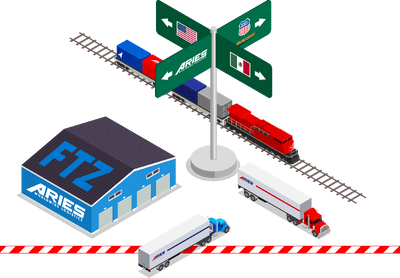
Exclusive Aries FTZ vs. Bonded Toolkit
Instant, personalized insights that could defer thousands in duties and supercharge your imports. No fluff, just actionable tools tailored for importers like you. Let's turn compliance into competitive advantage—starting now.
Ready to crunch the numbers and see real dollar signs in your supply chain? Try our interactive toolkit—packed with:
- A dynamic scoring checklist
- Advanced ROI calculator
- Bonus templates
To model your savings scenarios.
FTZ vs. Bonded Interactive Checklist
Quick Guide: Score your operations with this tool—answer yes/no to tally up to 34 points. 20+? FTZ's manufacturing perks and savings fit best. 10-19? Bonded's quick deferral wins. Under 10? Standard warehousing may suffice.
Example Scenario: A high-volume electronics assembler mixing inventory and exporting scores 25 (FTZ powerhouse). A small retailer just holding seasonal stock for 6 months hits 14 (Bonded basics).
Total: 0/34
Your Score:
FTZ vs. Bonded ROI Calculator
Quick Guide: Model your import savings—plug in your numbers and see which option edges out based on duties, storage, and setup costs. It factors in FTZ perks like inverted tariffs and re-exports, minus real-world setup fees, for balanced results.
Example Scenarios:
- FTZ Wins: High-Volume Assembly – Electronics firm imports $1M parts (10% duty), assembles on-site, exports 30%. FTZ saves $133K (inverted to 6% + duty skips) vs. Bonded's $105K—ideal for manufacturing near ports.
- Bonded Wins: Low-Volume Testing – Retailer holds $200K seasonal goods (8% duty) for 6 months, no processing. Bonded defers $17K simply (quick $5K setup) vs. FTZ's -$33K (after $50K fees)—perfect for starters gauging demand.
Disclaimer: These are estimates only and not financial or legal advice. For personalized guidance tailored to your operations, consult your Aries Customer Success Advisor or CBP professionals for your specific HTS codes.
Download Our Free Printable FTZ Infographic (PDF)
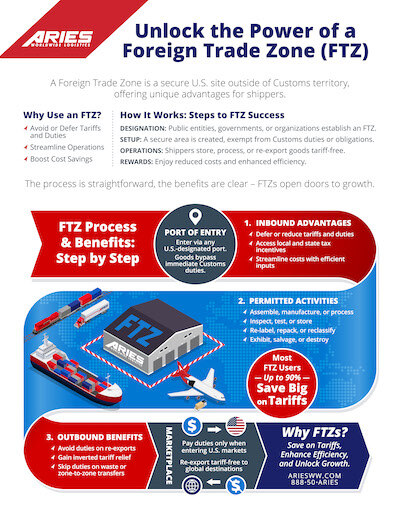
Logistics, but Cutting-Edge
Discover how Aries Worldwide Logistics is transforming the logistics industry with 24/7 state-of-the-art tracking technology and unmatched client experience, where every customer is paired with a dedicated success manager to ensure seamless support and zero gaps.
What Our Clients Say
"The Aries team is consistently prompt, thorough, and very professional. I can rely on Aries, and don't think twice when something pops up that is super urgent.
Huge kudos to Aries for always staying on top of things. Truly impressive. Aries is rock solid.
5 STARS"
- Sr. Fleet Administrator
"Aries executed this urgent shipment quickly and efficiently servicing the customer.
EXCELLENT service, all the way around."
- International Shipping, Specialty Gas Company
Why Choose Aries?
Here’s why Aries stands out for your logistics needs:
- 24/7 State-of-the-Art Tracking: Leverage our AIMS platform for real-time shipment visibility, anytime, anywhere. https://ariesww.com/aims-learn-more
- Unmatched Client Experience: Every customer gets a dedicated success manager to meet your needs and prevent oversights. https://ariesww.com/client-experience-team
- Comprehensive Service Offerings: From air and ocean to ground freight, customs, and warehousing—end-to-end solutions.
- Proven Expertise: Over 40 years refining our full-service global freight forwarding model for reliability. https://ariesww.com/full-service-global-freight-forwarding
- Trusted Reputation: A 4.7-star Google rating reflects global client trust.
- Flexible Solutions: Tailored logistics support to fit your unique supply chain demands.
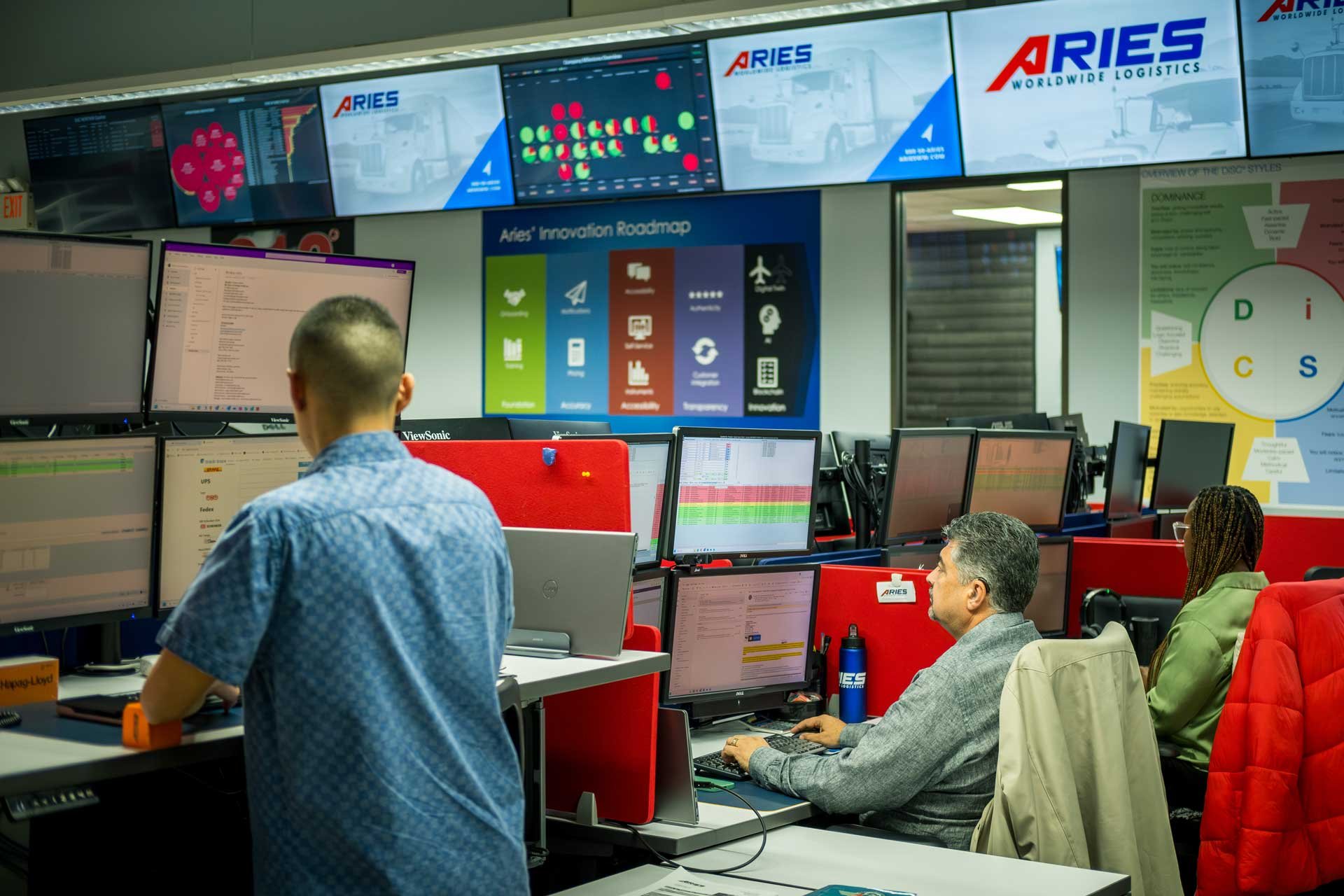
The Opportunity
Elevate Your Supply Chain
With Aries, you’ll:
- Gain Real-Time Insight: Monitor shipments 24/7 with cutting-edge technology.
- Experience Seamless Support: Rely on your dedicated success manager for personalized service.
- Optimize Efficiency: Streamline your operations with our end-to-end logistics expertise.
Ready to Get Started?
What We Bring to You
We offer:
- Industry Leadership: Decades of innovation in global logistics.
- Customized Technology: AIMS platform tailored to your business needs.
- Client-Centric Approach: Commitment to excellence with every interaction.
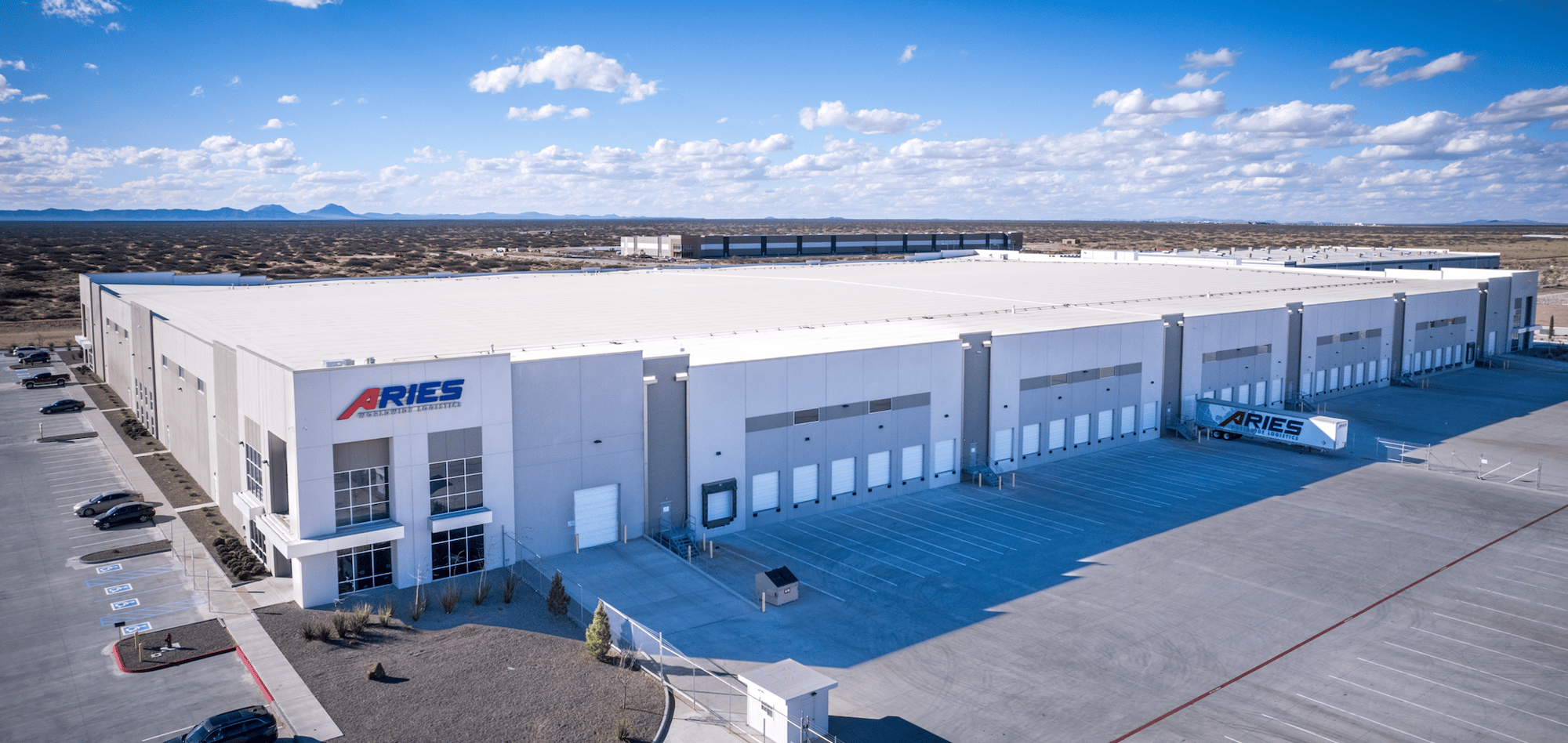
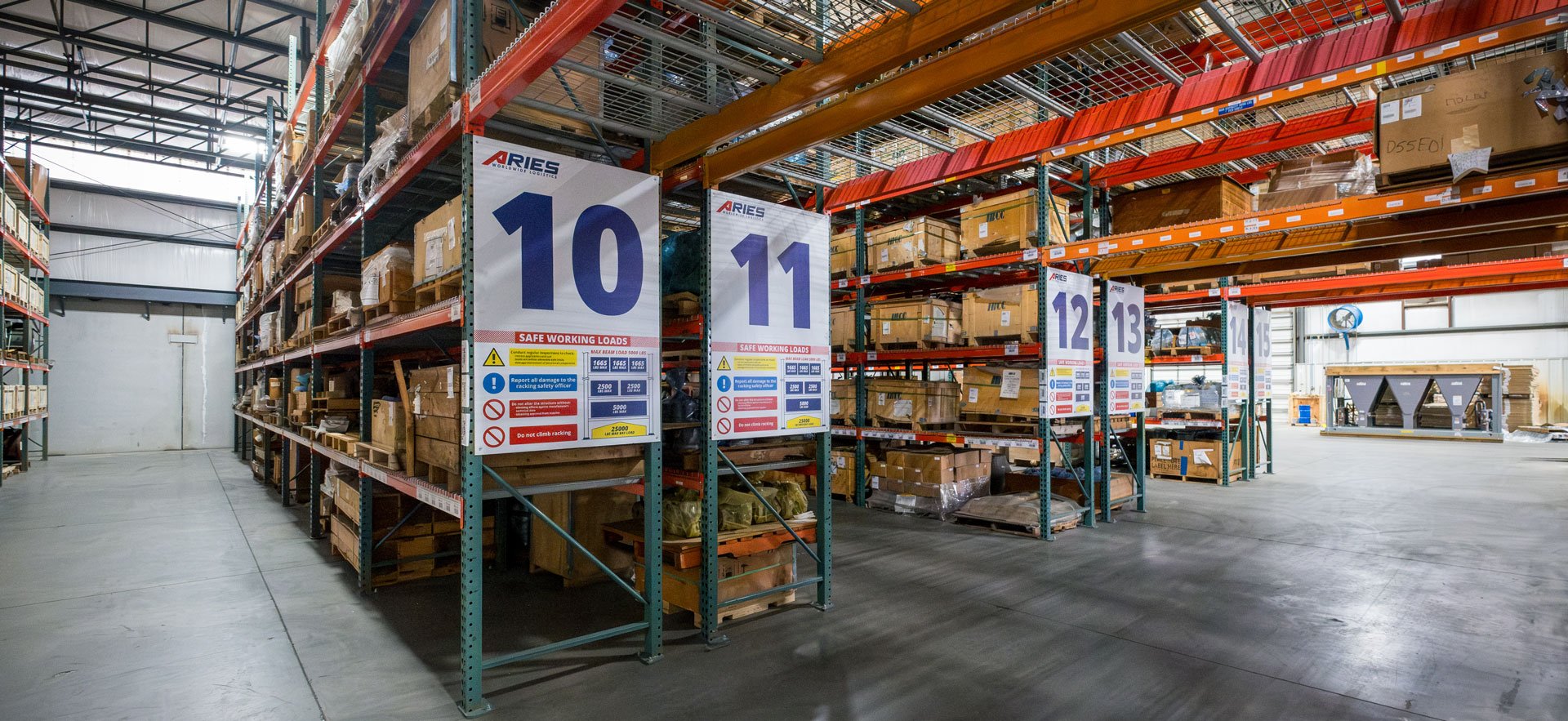
Your Journey with Aries
Partner with us to:
- Access our revolutionary tracking and support tools.
- Benefit from our operations team’s expertise.
- Grow your business with confidence in Aries’ solutions.
No Gaps, Just Results
Our AIMS platform, Client Experience Team, and dedication to excellence ensure you're in good hands. We have the tech and structure to ensure nothing falls through the cracks. That's peace of mind.
Ready to Get Started?
About Aries Worldwide Logistics
With over 40 years of leadership in global transportation and supply chain solutions, Aries Worldwide Logistics delivers innovation through our AIMS platform, dedicated Client Experience Team, and a commitment to excellence. Join us to revolutionize your logistics.
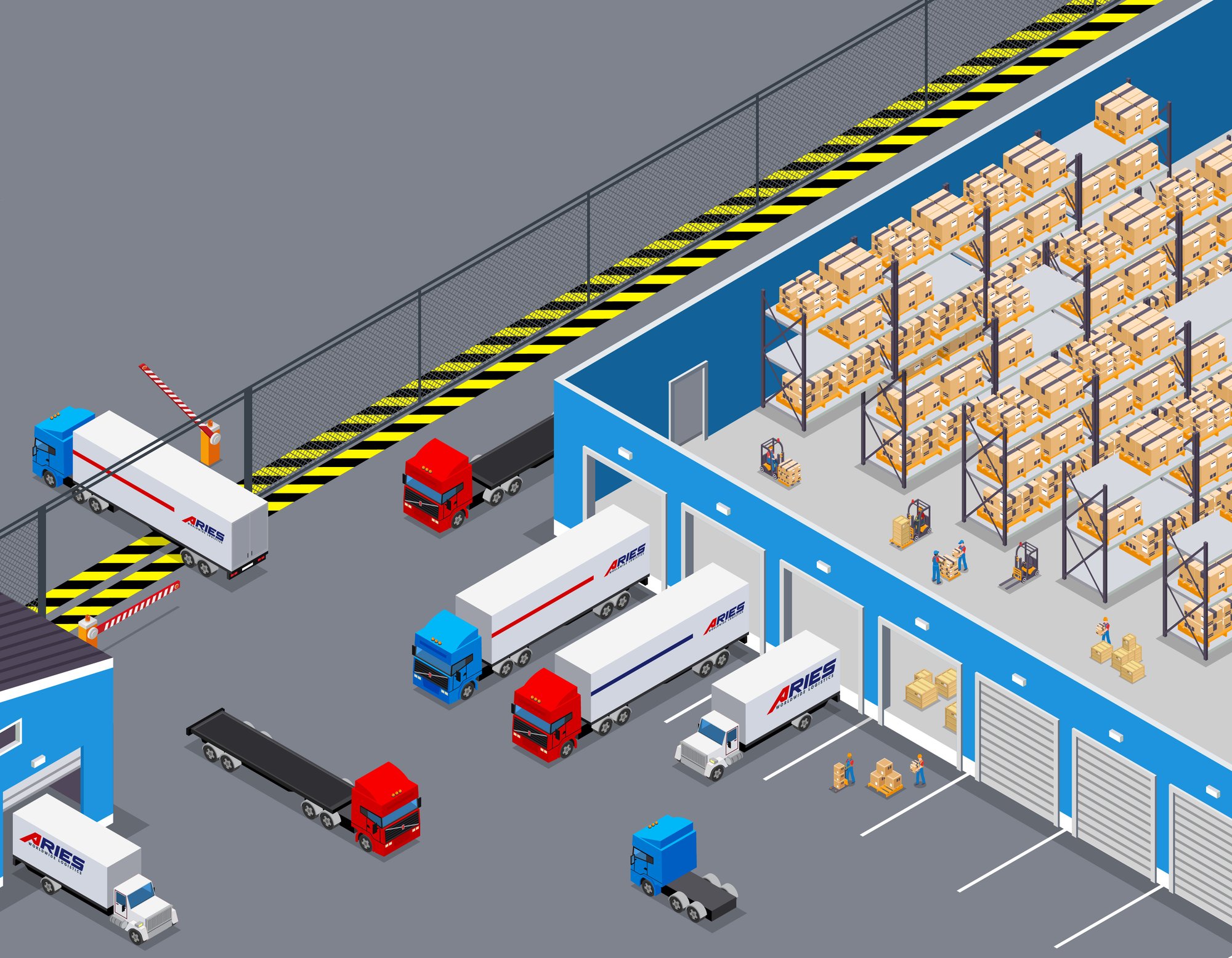
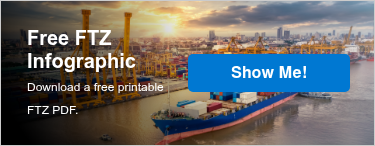




.jpg?width=800&height=800&name=Aries_Customs-Brokerage-3_1280x1280%20(1).jpg)

